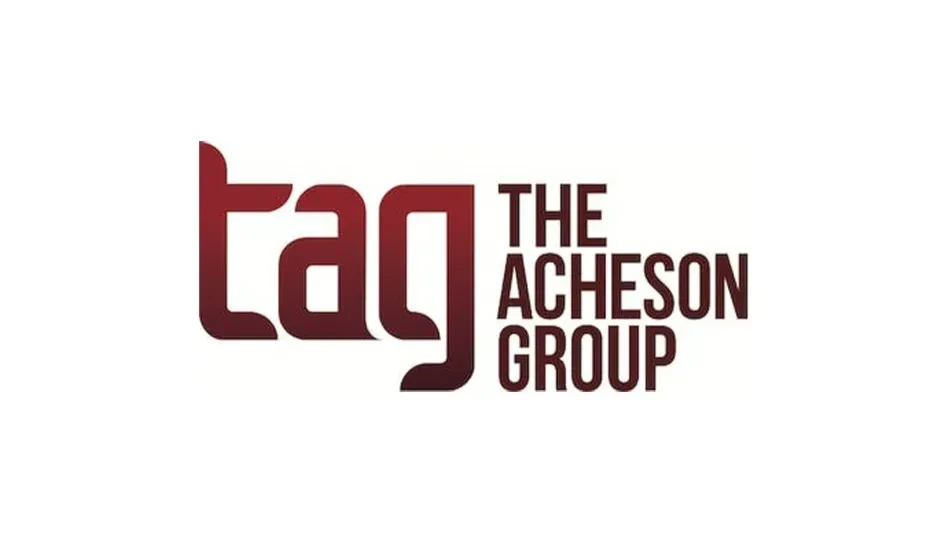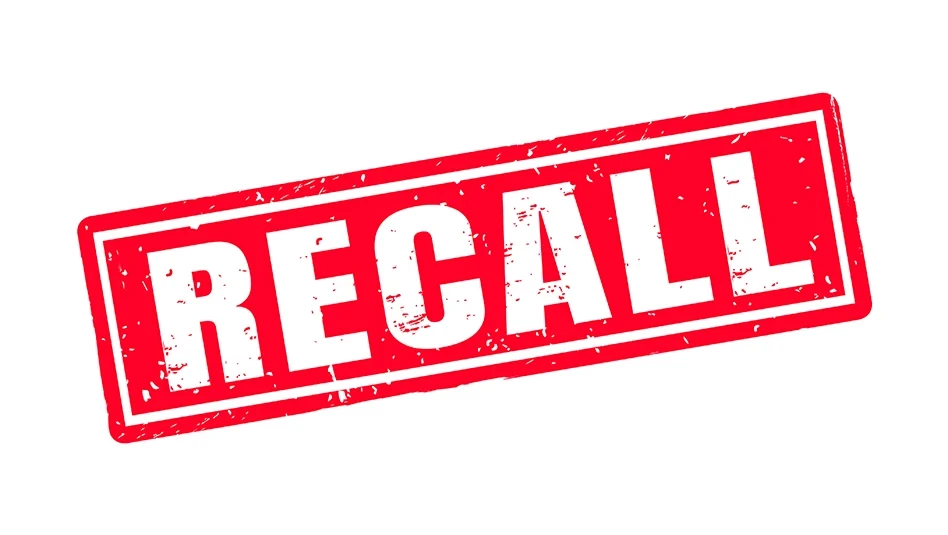
“Phew” you say, returning to your office and sitting down at your desk after spending several long, grueling days in the office conference room being grilled, questioned, and challenged by the investigator across the table.
As you let out a sigh of relief that the audit is completed, you reflect on the process and the closing meeting, thinking about the comments shared by the auditor. Detailed thoughts go through your head about what you and your team could have done better to be more prepared, and the procedures, processes, and systems that the auditor overlooked — that might have changed the outcome. But you also think about what you, your team, and facility personnel did well during, and in advance of the audit.
You take the auditor’s closing comments to heart and you realize that, because of the past several days, you, your team, and the facility as a whole, will be more prepared, more compliant, more disciplined, and more ready than ever for your next audit.
Regardless of the audit outcome, at that point in time, one should always say to oneself and to the organization, we are only as good as our next audit!
Every audit is a learning opportunity. Many factors play into the outcome: the investigator, the internal team chemistry, knowledge of regulations, upper management support, auditor/auditee relationship, employee preparedness — to name just a few of the tangible and intangible aspects of any audit.
SIX STEPS TO SUCCESS. To that end, following are six steps which can help you achieve the desired audit outcome of little to no observations or compliance discrepancies:
- Understand the requirements. One thing is constant in the preparation for and undergoing of an audit; that is, knowledge of the standards against which you are being audited or inspected. Be it a federal, state, or local inspection or a Global Food Safety Initiative (GFSI) audit, the regulations, code, or guidelines are available for you to read and understand the expectations. Thus, the regulations for a government inspection or code for a GFSI inspection should be well known and thoroughly understood in advance, so that receiving a less than satisfactory audit outcome should and can be avoided.
- Put it in writing. Convert the requirements into policy, procedures, or other quality control documents that provide direction for successful compliance. Once the compliance requirements are known and understood by management, it becomes critically important that those published compliance requirements are transferred into useful documents so employees can reference, review, and understand their assigned responsibilities.
- Train appropriate personnel on the documents. For employees to fully comprehend what is expected of them, you must also implement a good document training program. This should be instructor led or computer guided to include tests or quizzes for which the employee must correctly answer an applicable number of questions to assure a level of comprehension is obtained. Reading the documents alone without any questions requiring correct answers for comprehension should not be considered adequate training.
- Execute the documented instructions. At this point, the requirements are well understood and transferred to the appropriate documents, and thorough training is delivered for complete comprehension.
- Monitor for compliance. The flawless employee execution described in the previous paragraph is the utopia of compliance readiness and most likely does not reflect real-world experience. It can be real world, but the many variables outside the theoretical environment make it very difficult to have everyday compliance success with all employees at every task.
- Modify as needed. After the procedure-performance monitoring is completed, it is necessary to make the correct modification, where necessary. Regardless of whether it is the employee practice or the procedure that requires modification, it must be addressed to assure sustainable compliance for future regulatory inspections or GFSI audits.
As a person who has had food facility compliance responsibility and has been the agent in charge during many government inspections, responsible for answering the questions or obtaining the requested information, I completely understand that a successful audit outcome does not “just happen.” Success requires significant effort from the full quality assurance team — as well as from all plant personnel along with support from senior management.
The same is true for a GFSI audit, for which all employees should participate in the preparation and execution. GFSI schemes are well documented, and the criteria is objectively defined with clearly stated expectations in the scheme requirements. The requirements are not secretive nor difficult to understand or interpret, so everyone at the site should be able to contribute successfully.
Effective training is a key activity that provides an outstanding fundamental practice enabling a facility to have a much better chance for sustainable compliance than those with very weak or non-existent training programs.
The compliance process is now at the pinnacle that will help determine if a facility and its employees will have the wherewithal, discipline, and trained knowledge to execute the instructions as described in the quality document to satisfy the regulatory judgment of the on-site FDA inspector or GFIS auditor.
Having the preliminary steps of the audit readiness process implemented flawlessly enables employees to execute the regulatory requirements within their job responsibilities in the most complaint manner. This compliant employee performance will satisfy nearly any inspector or auditor who is inspecting for non-compliance activities.
Therefore, it is important to periodically monitor employee activity to assure it follows the prescribed instructions on the quality document and/or process. Conversely, monitoring the procedure to assure it describes the employee practice is equally important.
IN SUMMARY. The actions that provide guidance toward achieving a successful audit outcome include having full knowledge and understanding of the regulations or audit expectations. Convert that regulatory knowledge into policy, procedures, or other quality control documentation that provides direction and instructions for employees to be compliant with the intended regulations.
Thorough training on the quality documents is a critically important step in the compliance development process. Without effective training, that communication chain can be broken so that the information from the documentation does not get transferred adequately to the employee, and there is a lesser chance of proper execution.
The subsequent monitoring and verification of practices for compliant execution are then important to reinforce appropriate behavior.
Lastly, if corrections are necessary, you must modify the procedure or the employee practice as needed.
Naturally, a successful audit outcome takes a great amount of effort and hard work. But if you stick to the process, you can sit back in your office chair and exhale a sigh of relief knowing you prepared well, performed well, and can be satisfied with your audit outcome.
And … you will be ready for your next audit.

Explore the December 2017 Issue
Check out more from this issue and find your next story to read.
Latest from Quality Assurance & Food Safety
- Jim Jones Resigns from FDA, Citing ‘Indiscriminate’ Layoffs
- Raw Pet Food Identified as Source of Bird Flu Infection to House Cats
- USDA Terminates Contracts, Rescinds DEI Programs
- Brooke Rollins Sworn in as U.S. Secretary of Agriculture
- bioMérieux Launches Diagnostic Solution for Food Industries to Analyze Root Cause of Listeria Contamination
- WHO Appoints Director of Department of Nutrition and Food Safety
- WHO, Nanyang Technological University Singapore to Host Food Safety Risk Assessment Workshop
- New CDC Report Says Bird Flu Spread Undetected in Veterinarians





